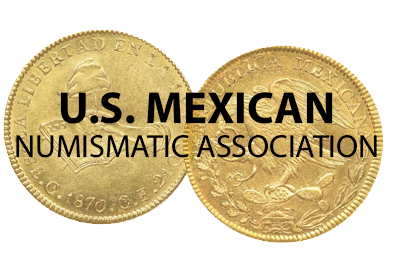Mexican Emergency Mints of Chihuahua, Zacatecas, Durango, Guadalajara and Guanajuato. 1810-1823
During the struggle for Independence in Mexico, these five mints have amazing tales that were expressed in their coinage. A mystery might be finally put to rest as one coin could be proof that a long time numismatic suspicion might be correct.
